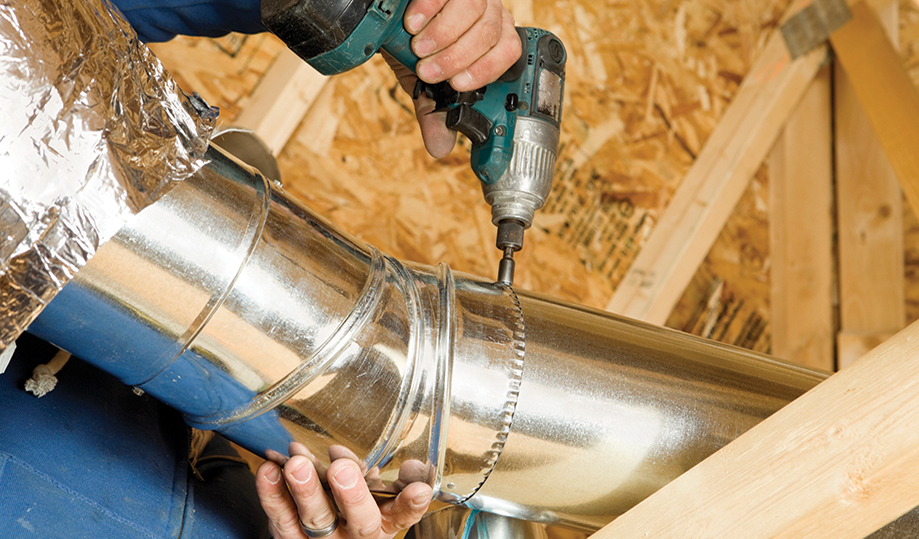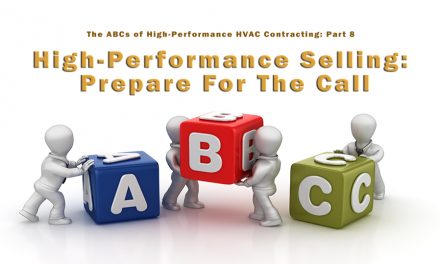Let’s say the existing equipment satisfies the temperature in heating and cooling mode. Let’s also say there are no major comfort complaints EXCEPT that humidity in the home is often at 60% and may even drift to 65% or more.
That would suggest the equipment does not meet Manual S guidelines for system selection. Manual S looks at both Latent and Sensible heat to ensure the equipment chosen can closely match the needs of the home and occupants.
More Examples
Let’s face it: not all three-ton equipment is the same. You can look at the same outdoor section of equipment with three separate “matches” and get three completely different performing pieces of equipment.
Manual D-designed duct systems and those who install them rarely get the respect they deserve. When properly designed and installed, the duct system is truly a work of “Blue Collar Art.”
In many cases, duct systems become a lifetime part of the home and can be a leading cause of under-performing high-performance equipment.
Gather the Information First
So what do we do? First, gather important information from the home. Find out about the insulation, building materials, occupancy, the direction of the house, types and locations of supply register/grilles/diffusers, and what types of duct fittings and materials were used.
Then, preferably using software, determine what the home and individual rooms require to satisfy the home and client’s needs. This approach provides guidance moving forward to deliver repeatable results with client satisfaction.
Gathering information means bringing your tools, including the appropriate test instruments and measuring devices. Most customers will be impressed seeing your team (including your salespeople) testing the system with instruments.
Evaluate, Evaluate, Evaluate
It’s not always about cool tools, either. Use your senses when evaluating a home. Never underestimate the value of the information the client will give you.

Ask permission to walk the entire house (start at the thermostat and turn the equipment on). Invite them to tag along and engage with them on different observations.
Look for spider webs and dust buildup on surfaces, doors, windows, etc. Do you feel air blowing on you as you make your way through areas? You don’t have to say a word. Silence or knowing looks can spark the right amount of conversation, and the client will handle all the talking for both of you.
Also, look for things that signal discomfort, like blankets or throws on furniture, open or closed doors, and closed registers. Listen to see if the HVAC equipment sounds loud.
Your evaluation should also include cycling the HVAC equipment on and off. Go outside, capture nameplate information, and walk around outside the building looking for structural concerns that can impact comfort and system performance.
Then, re-enter the home and make sure all interior doors are open and all exterior doors are closed.
Click Below for the Next Page:













Recent Comments